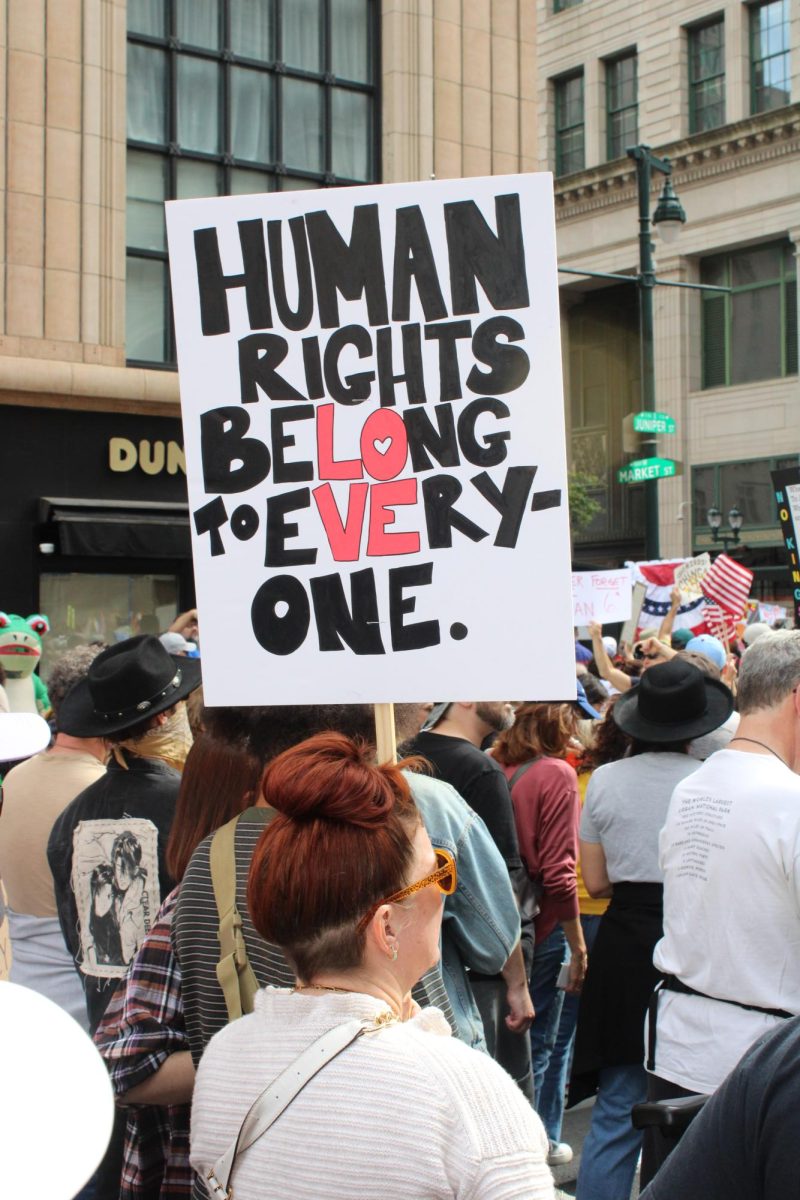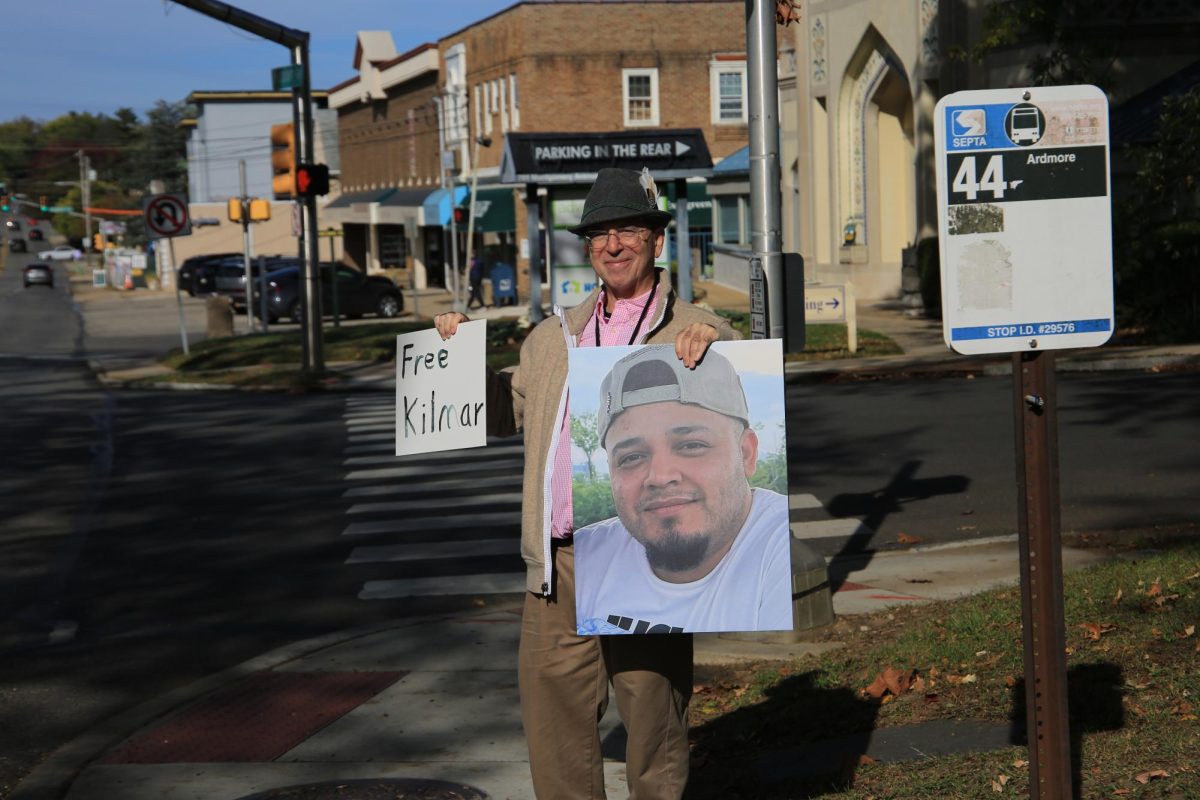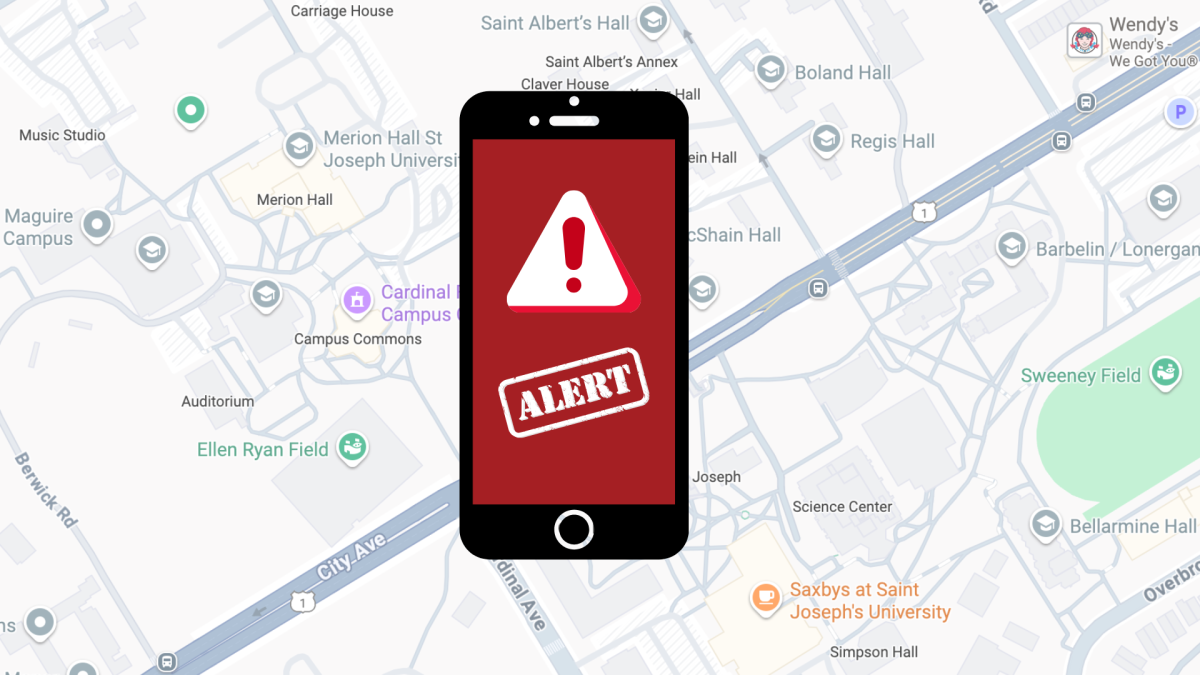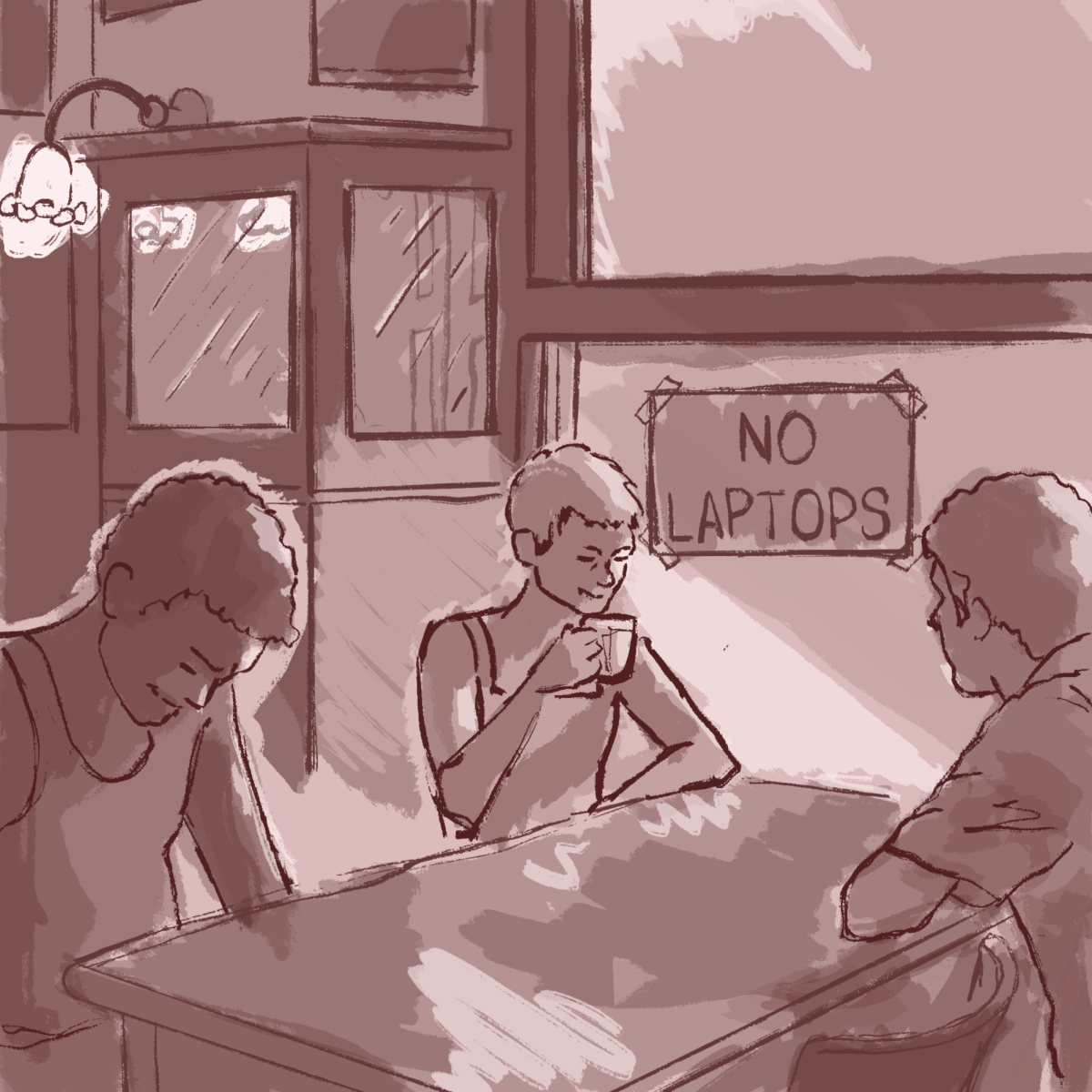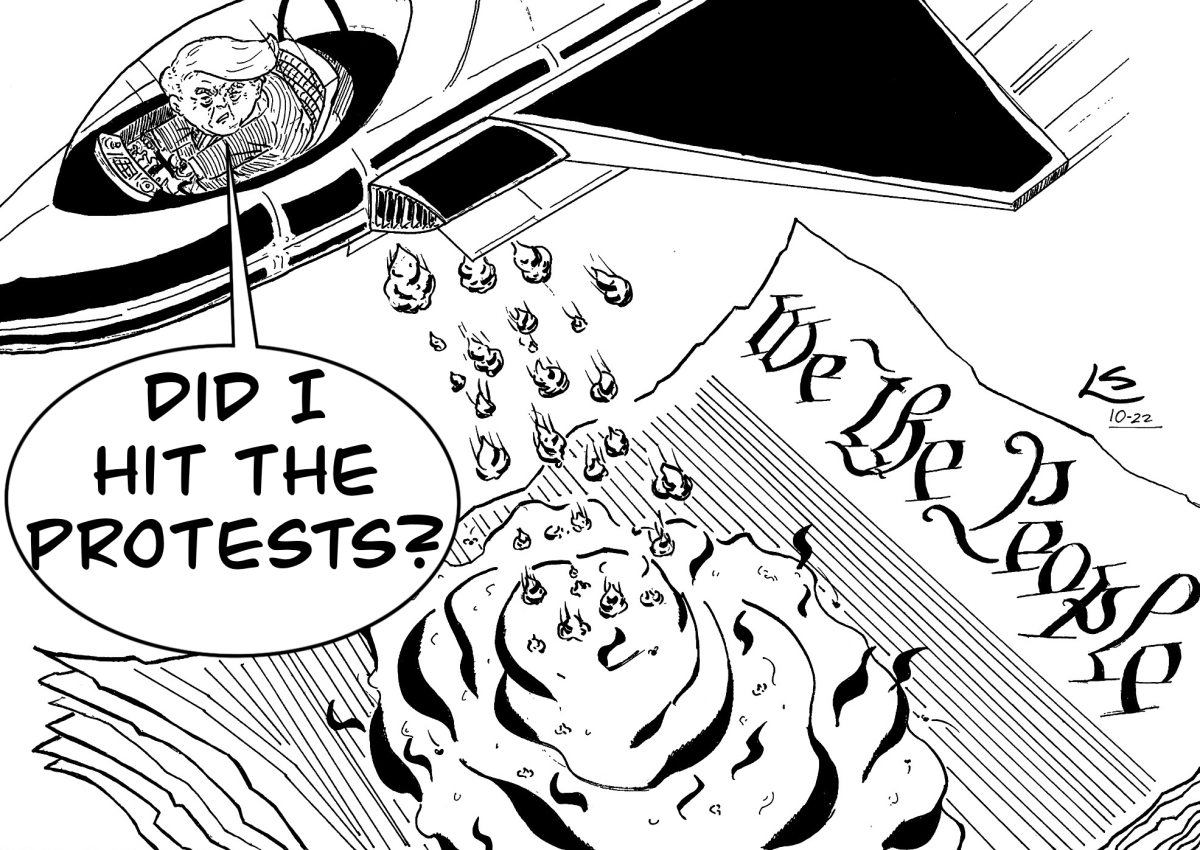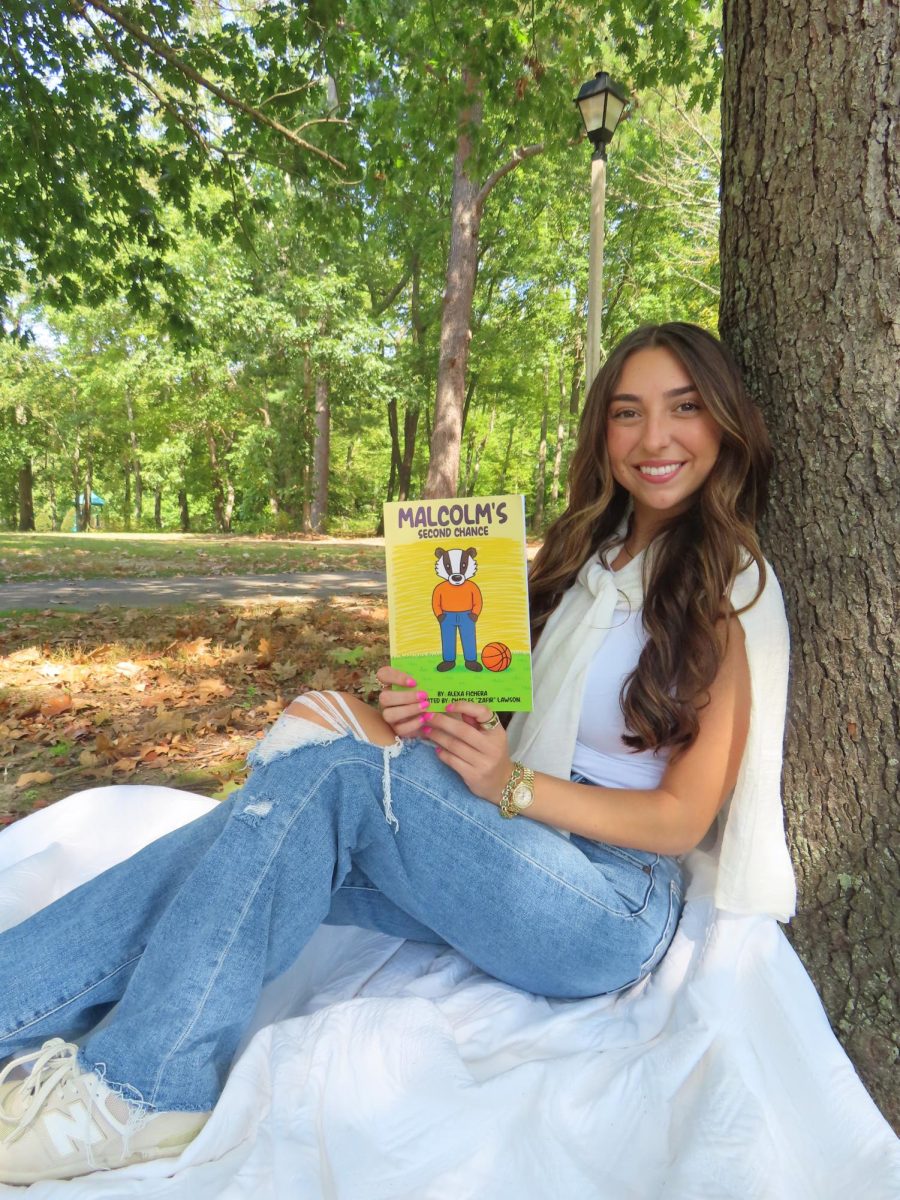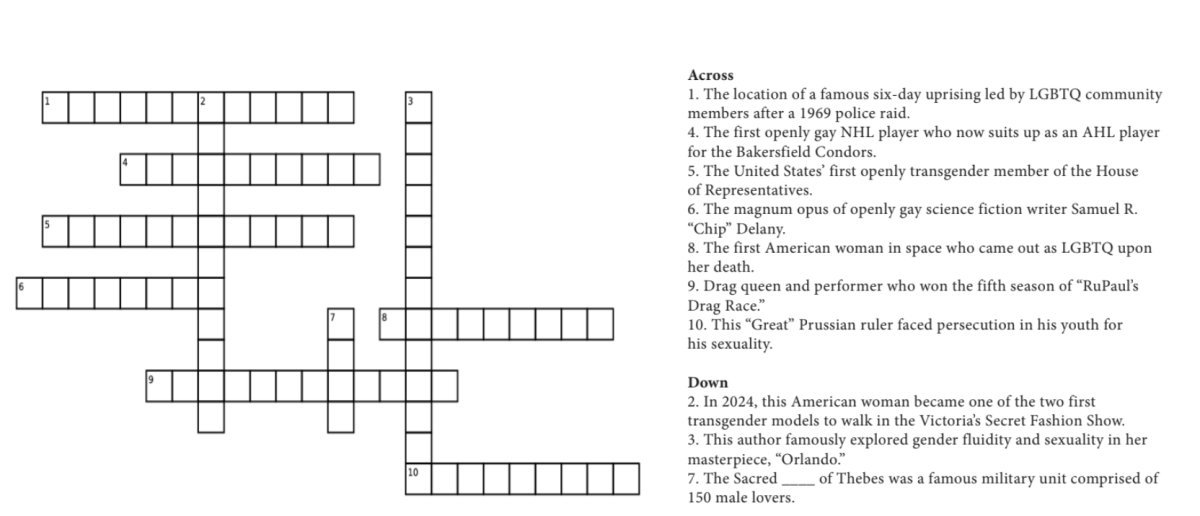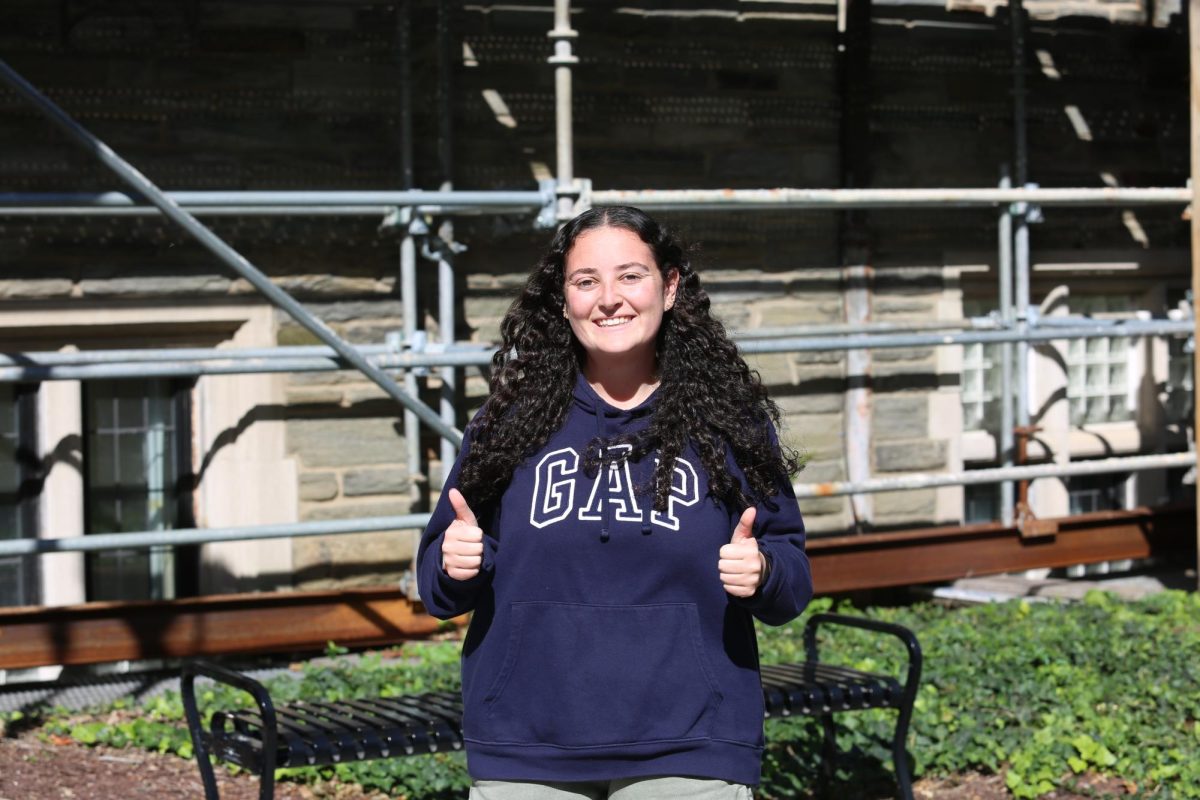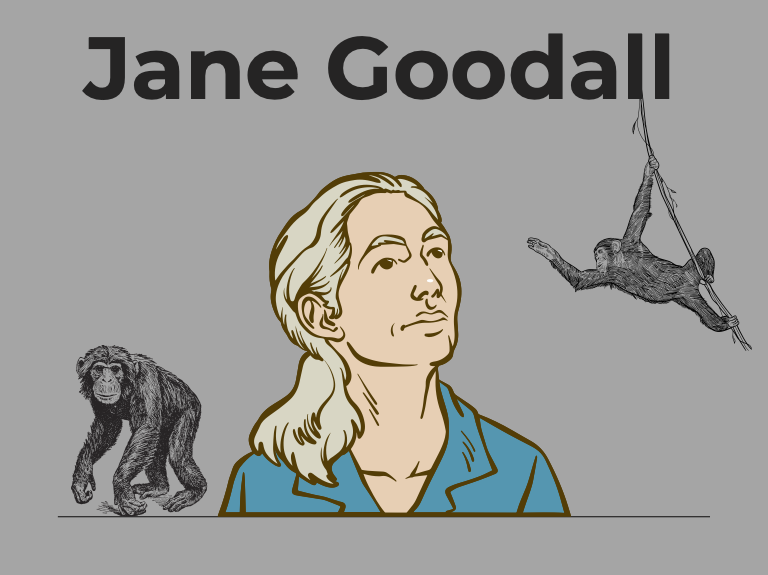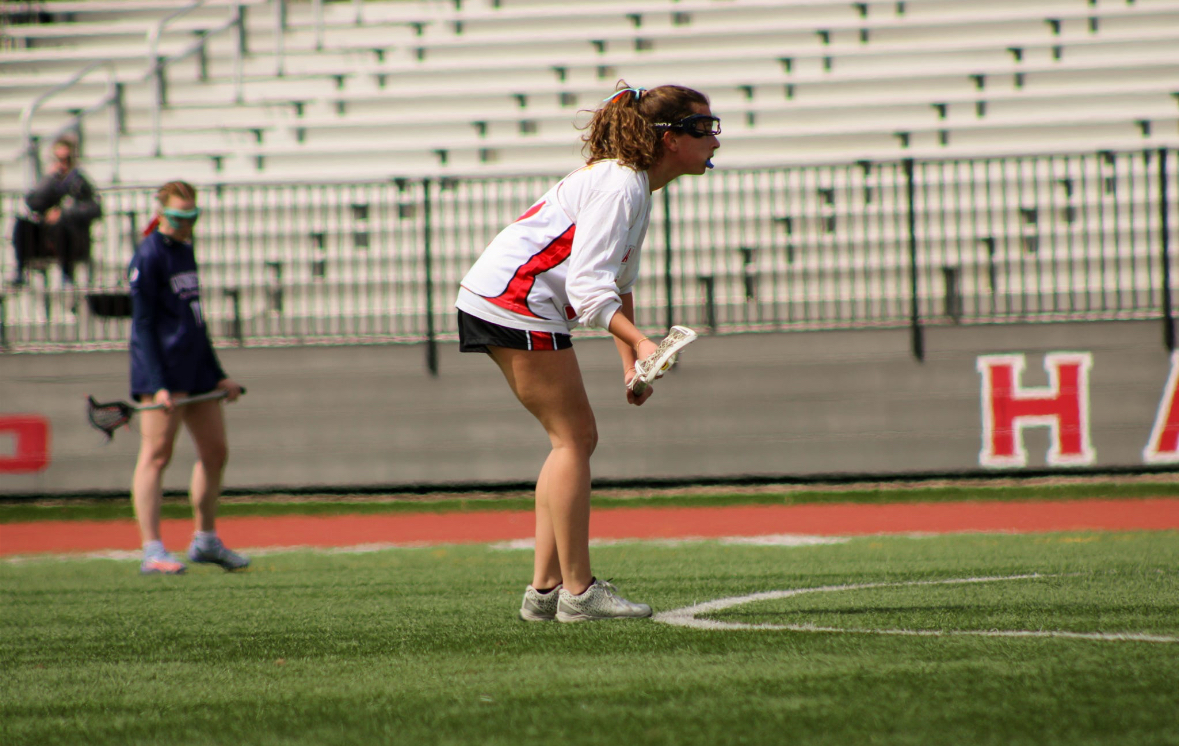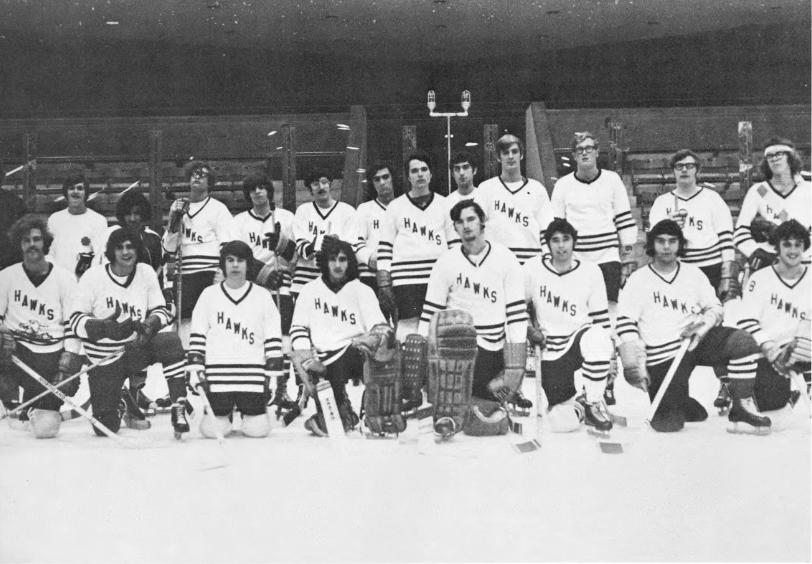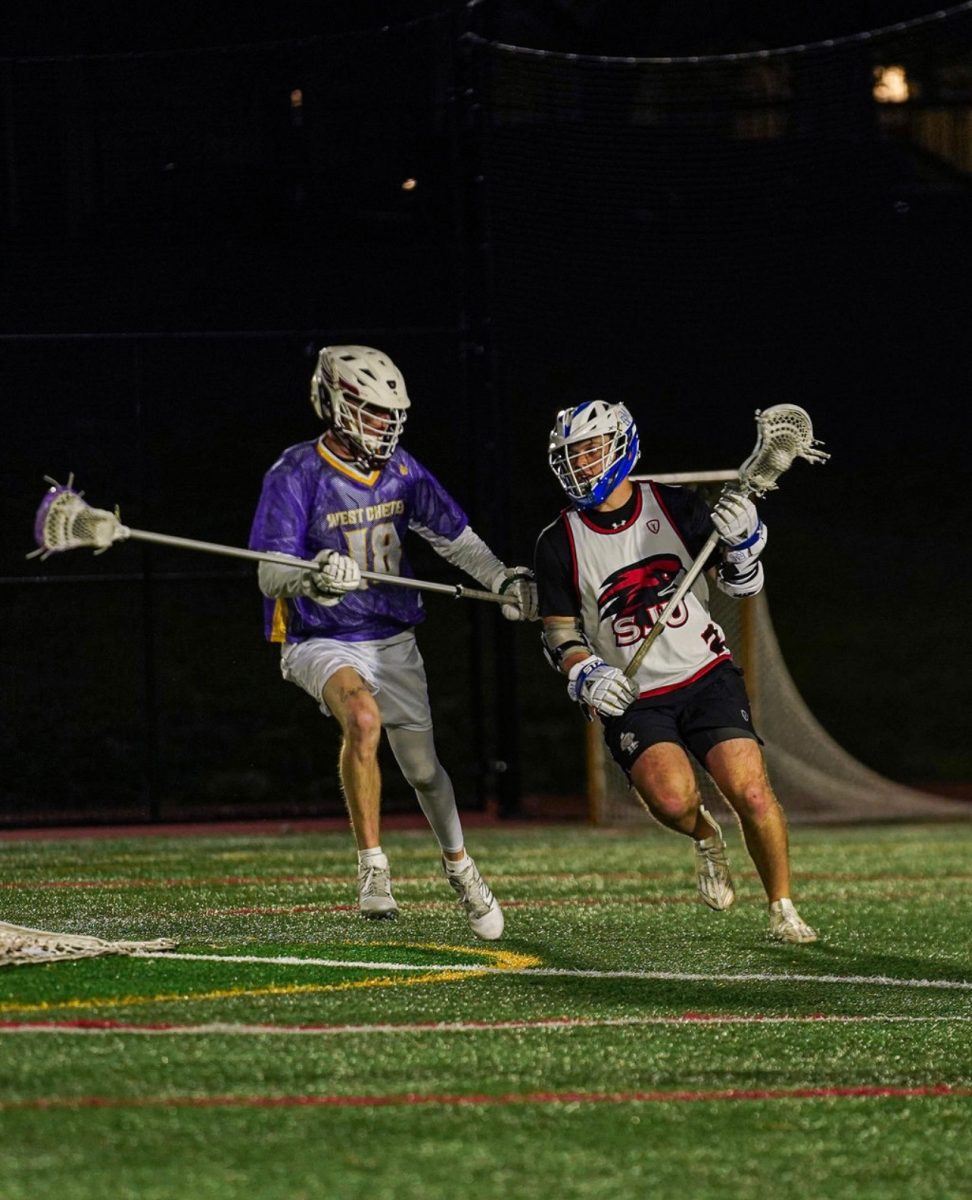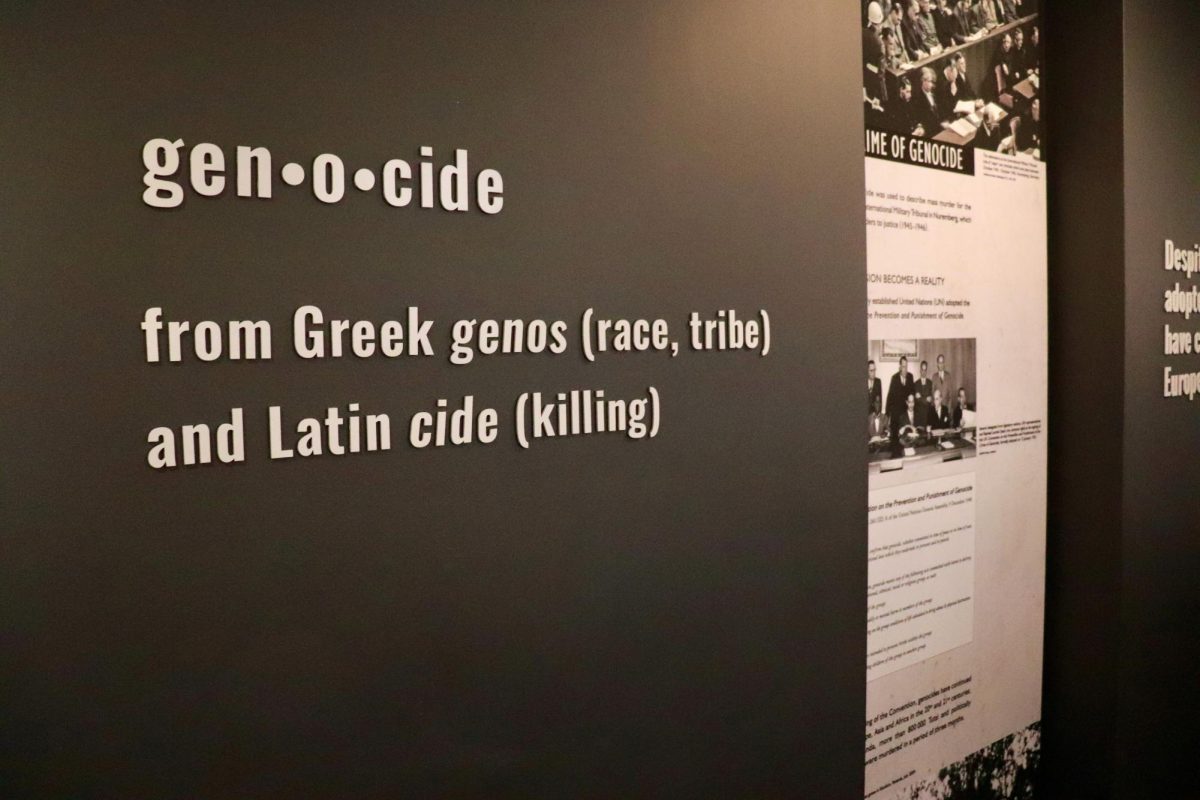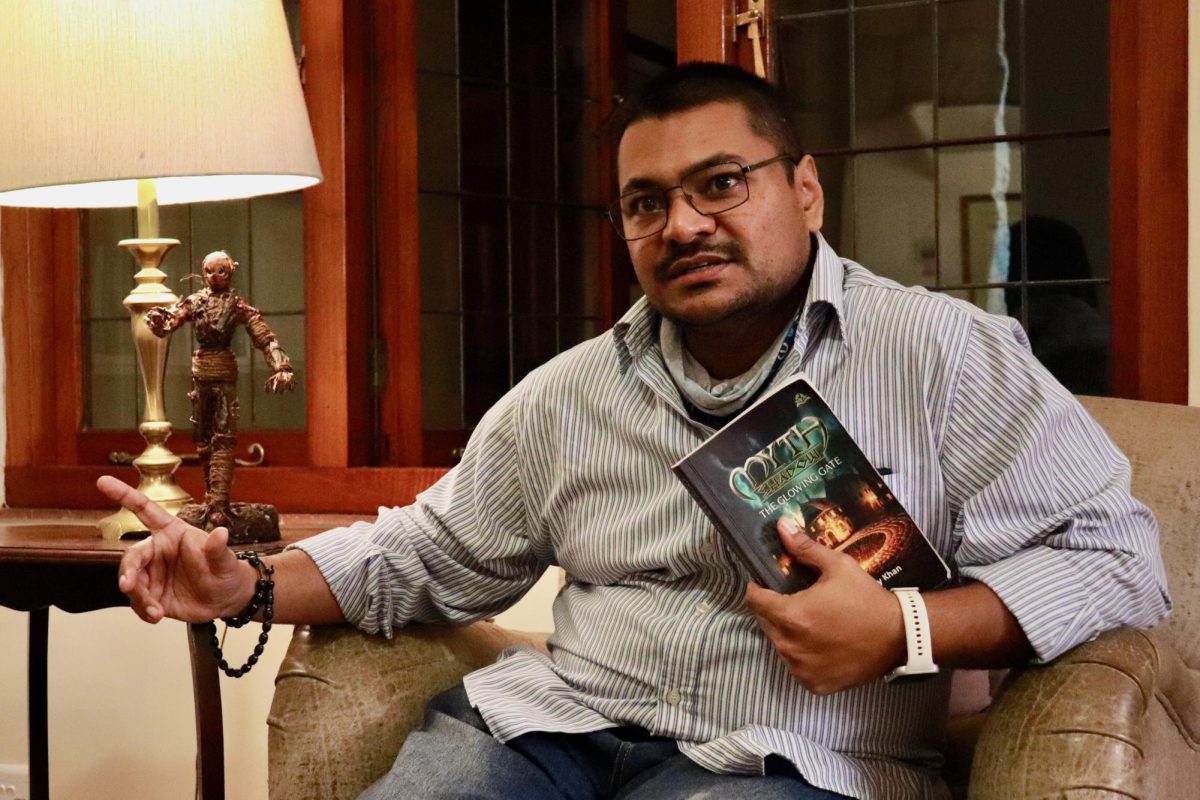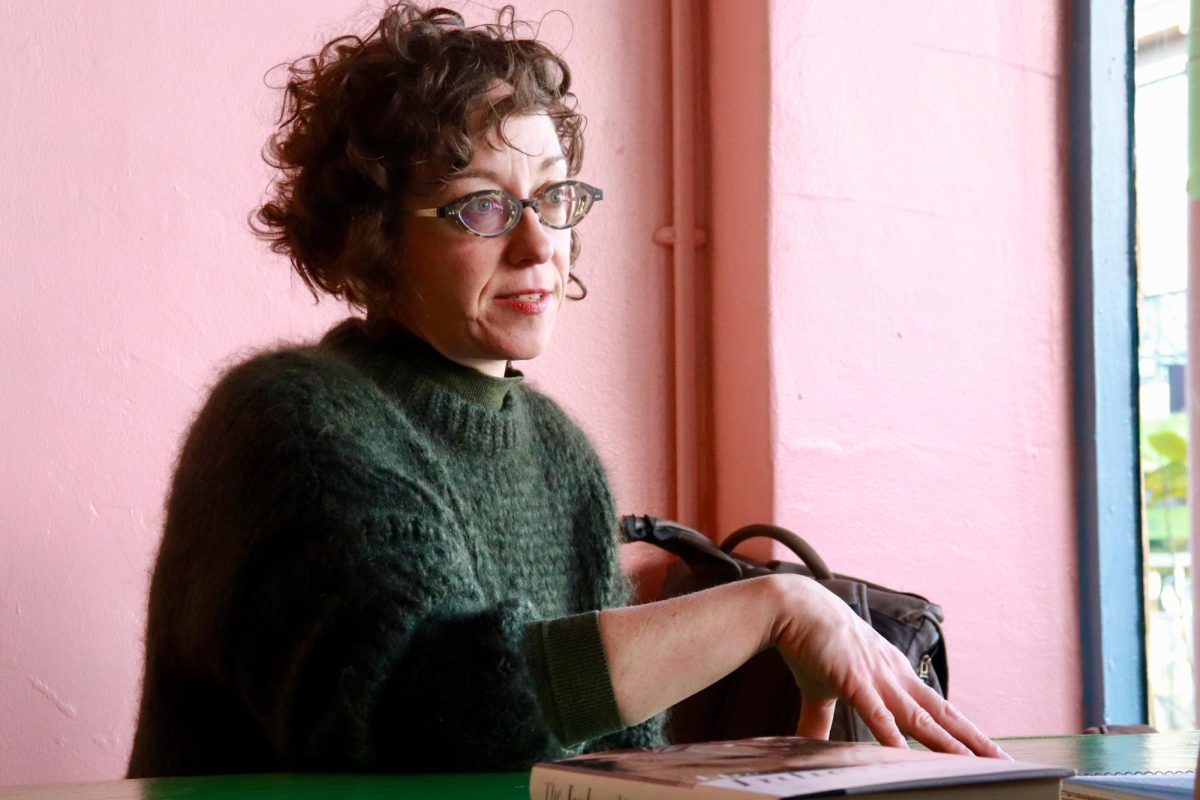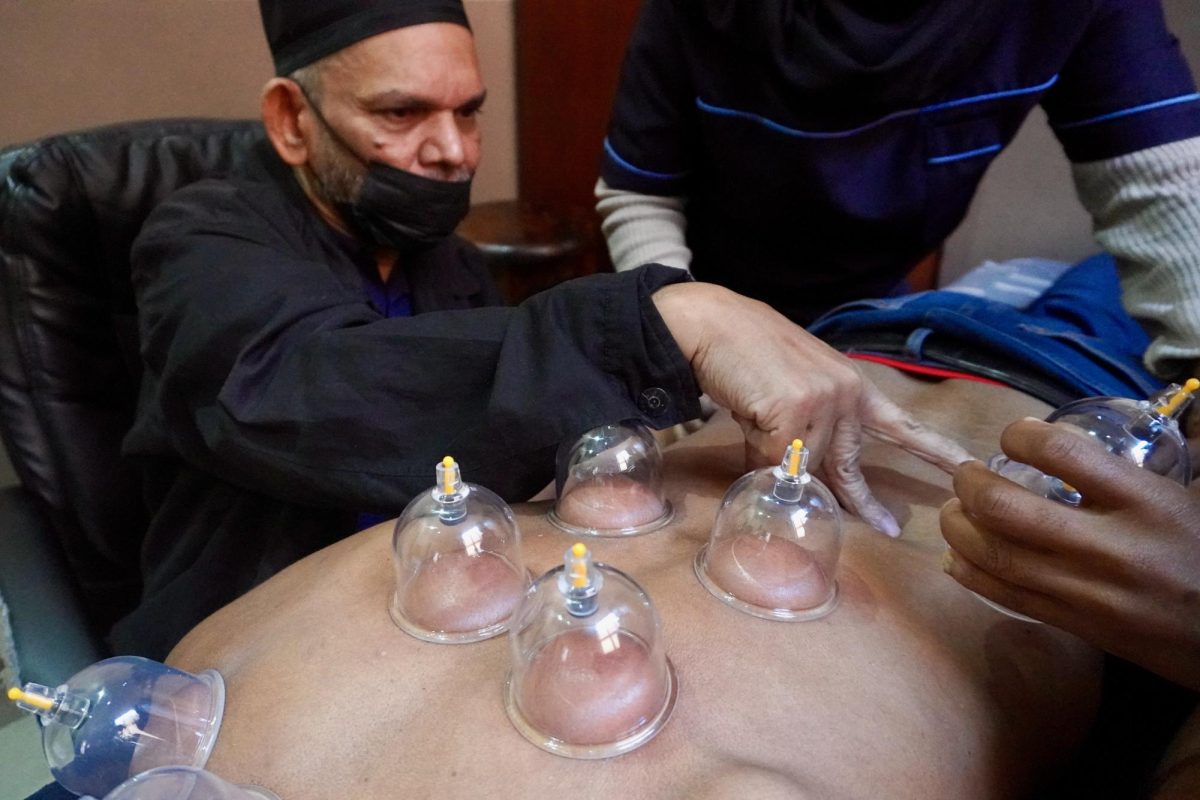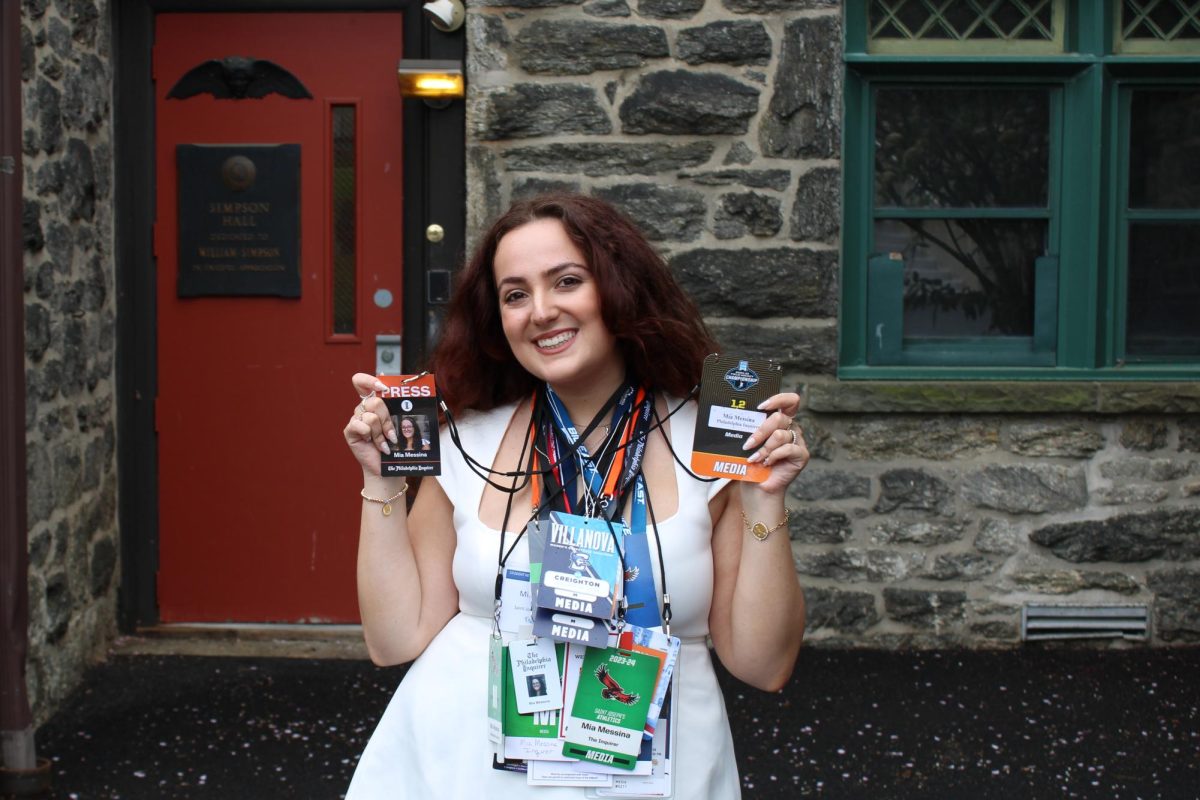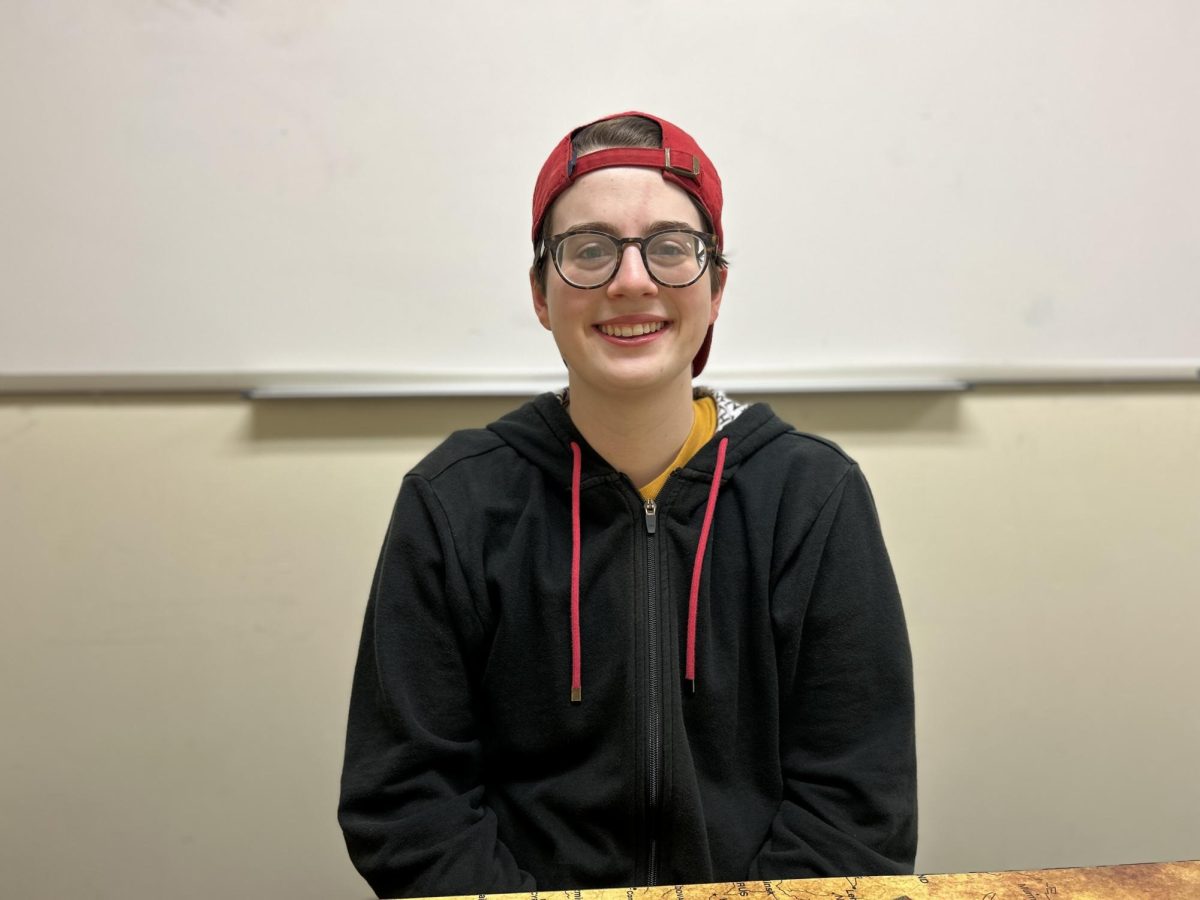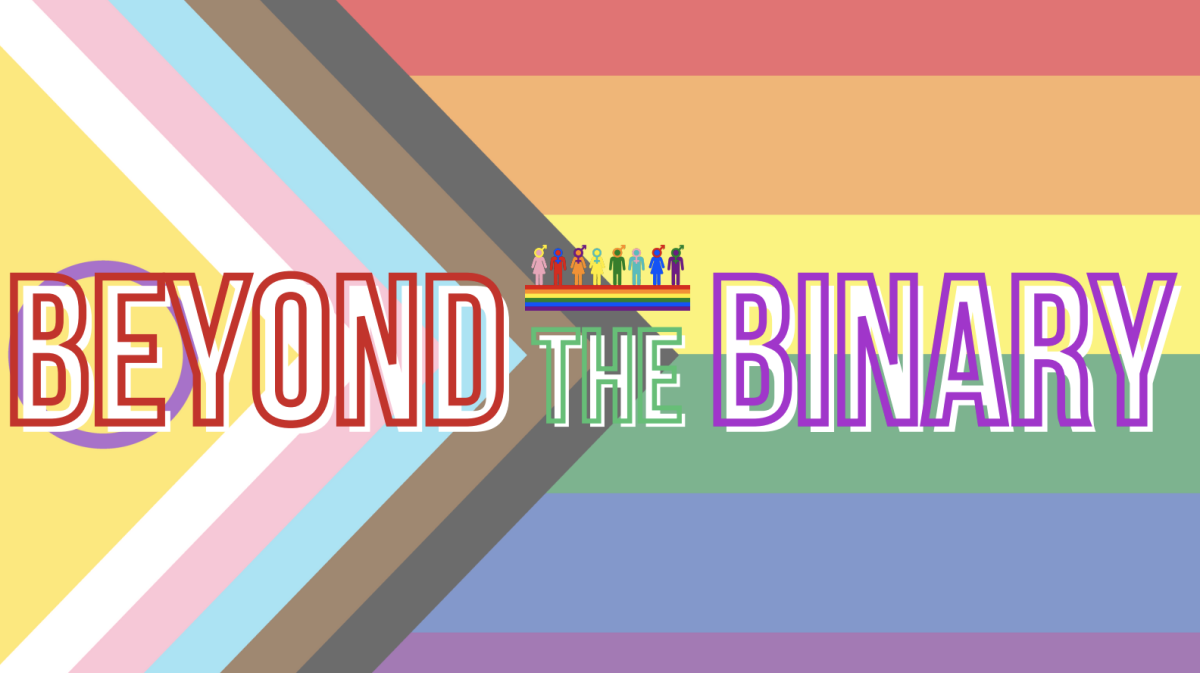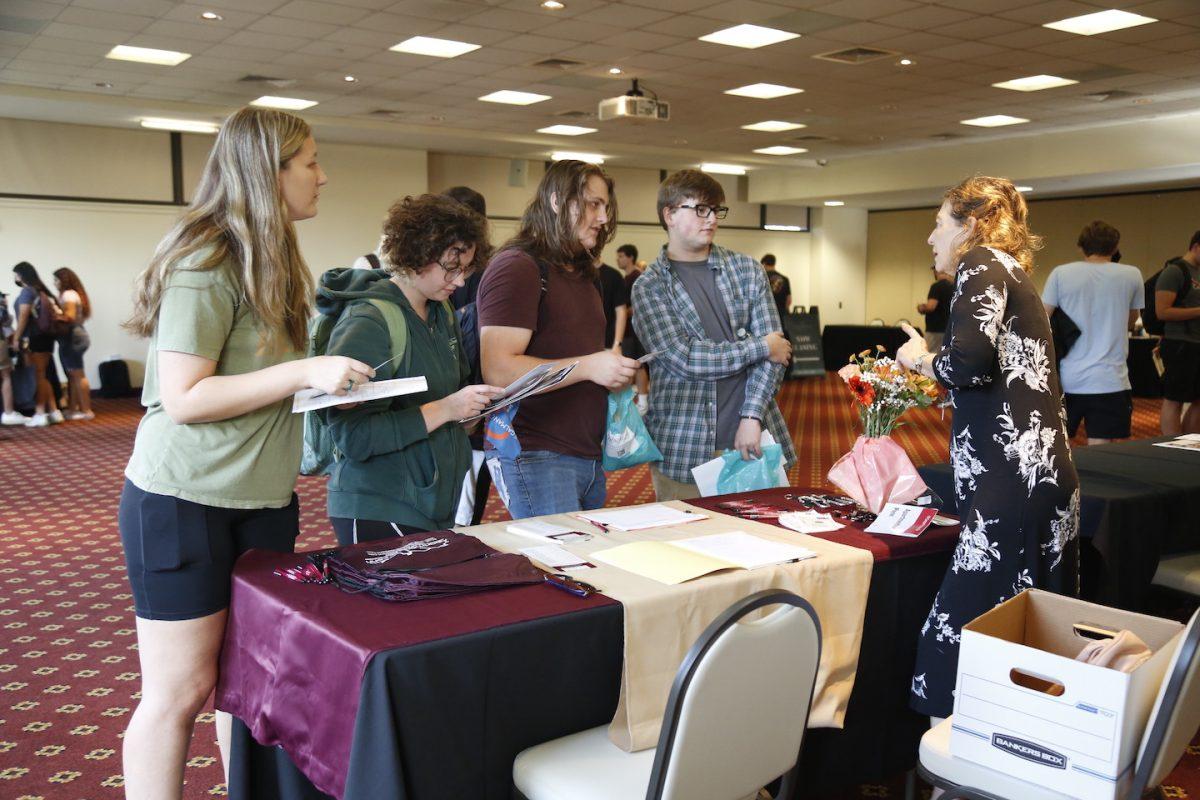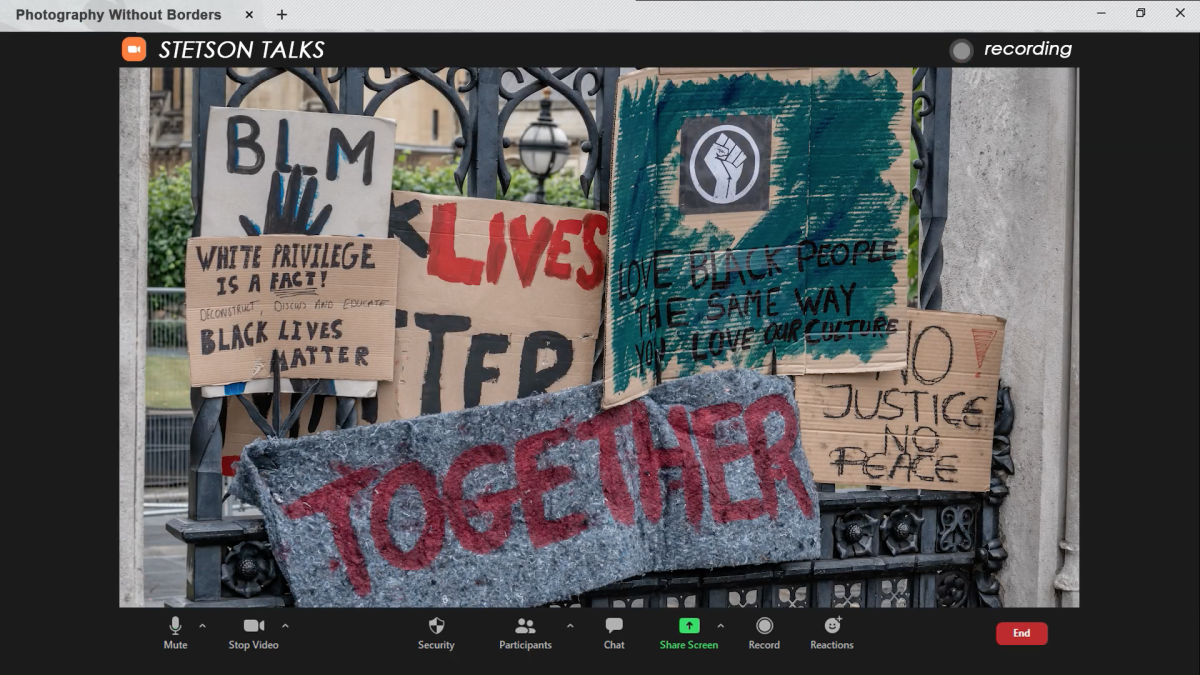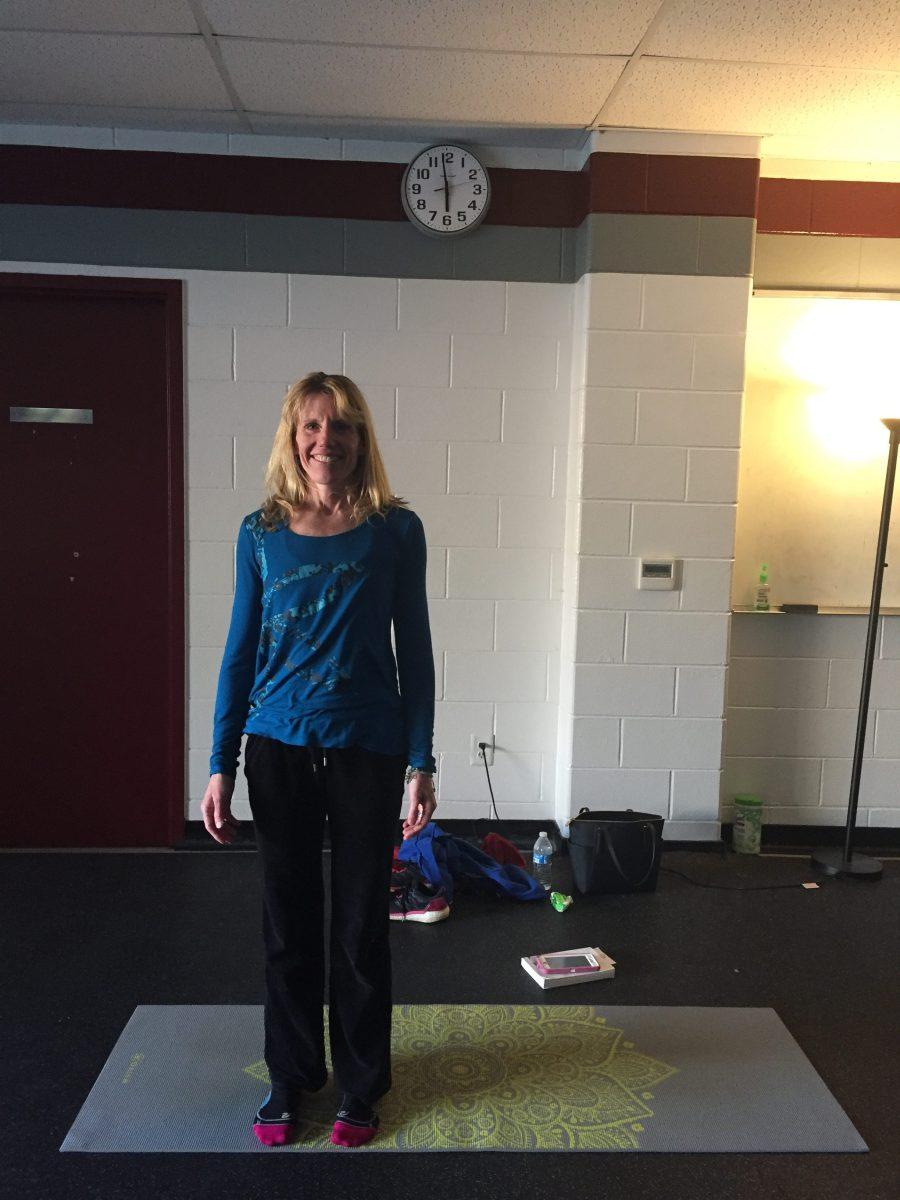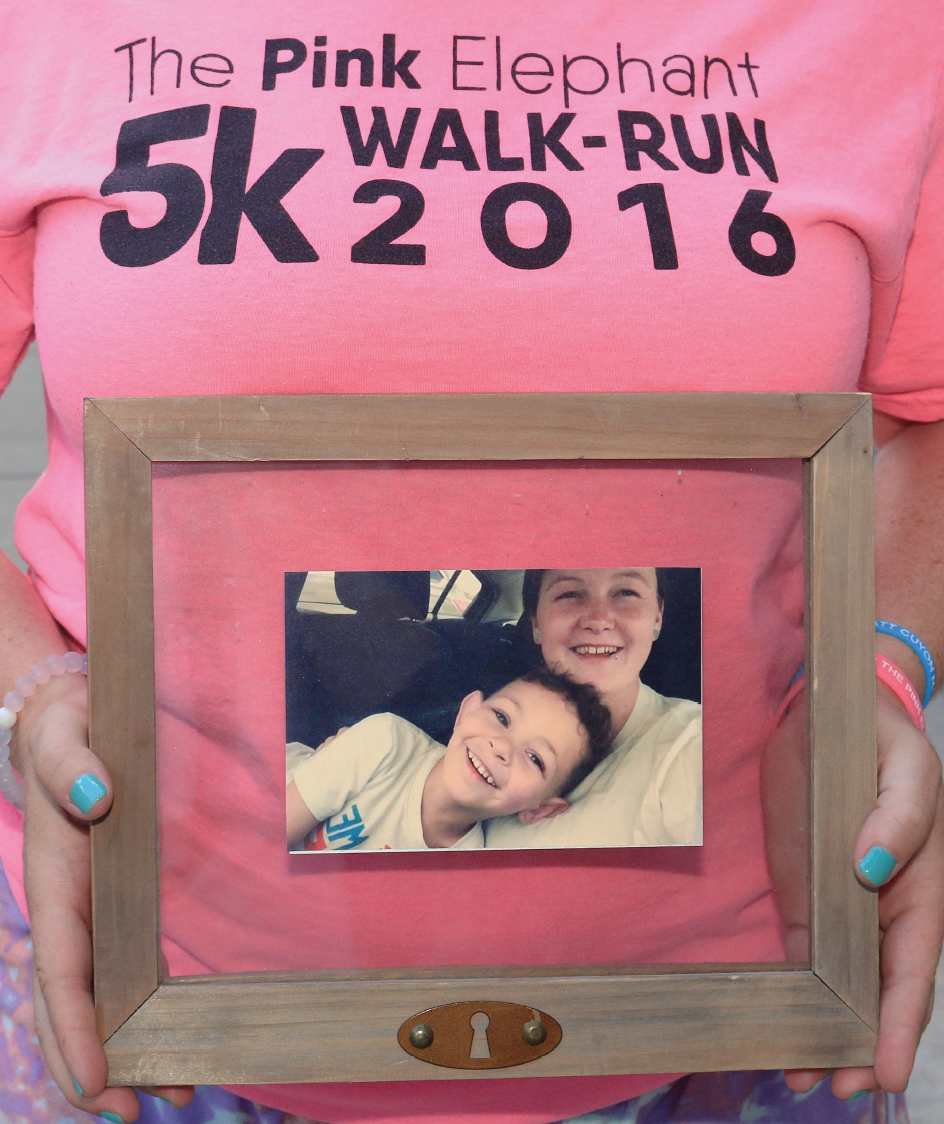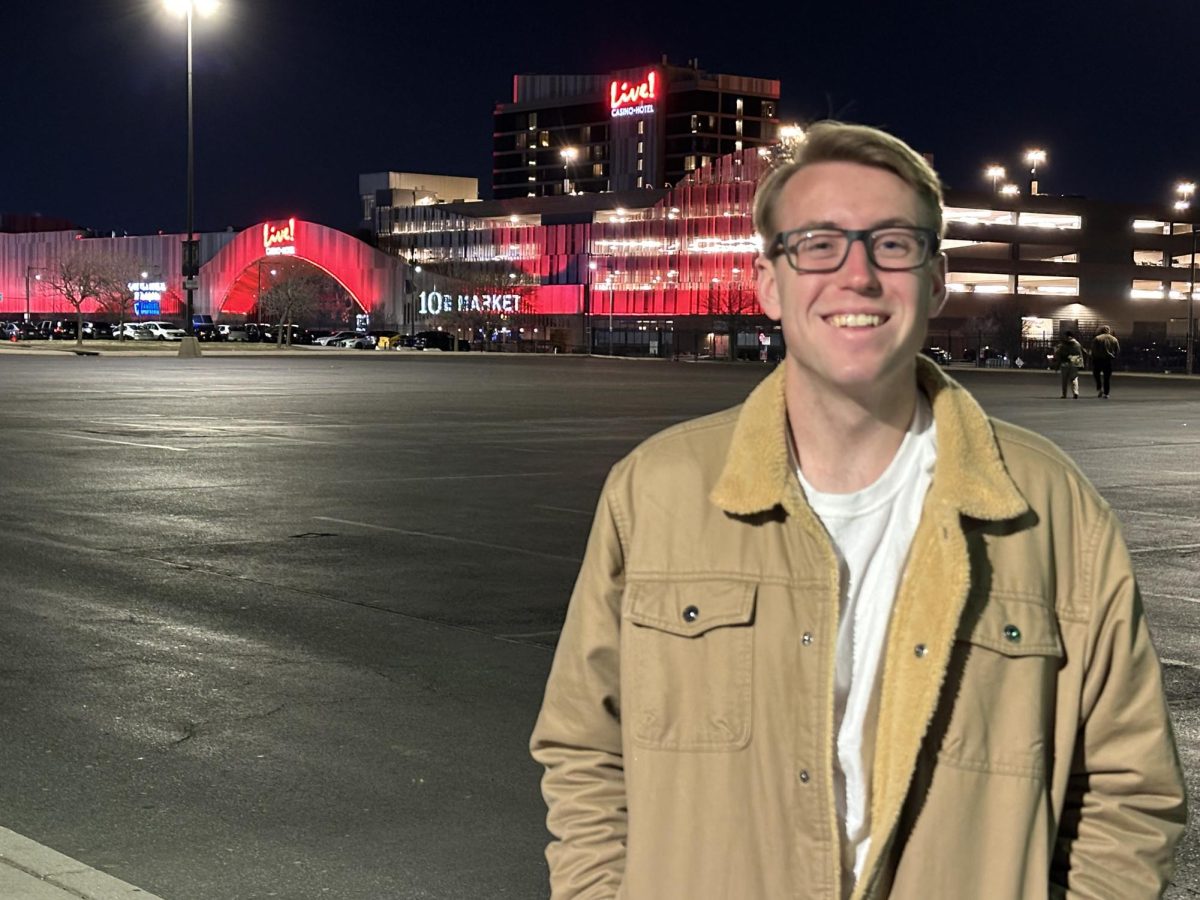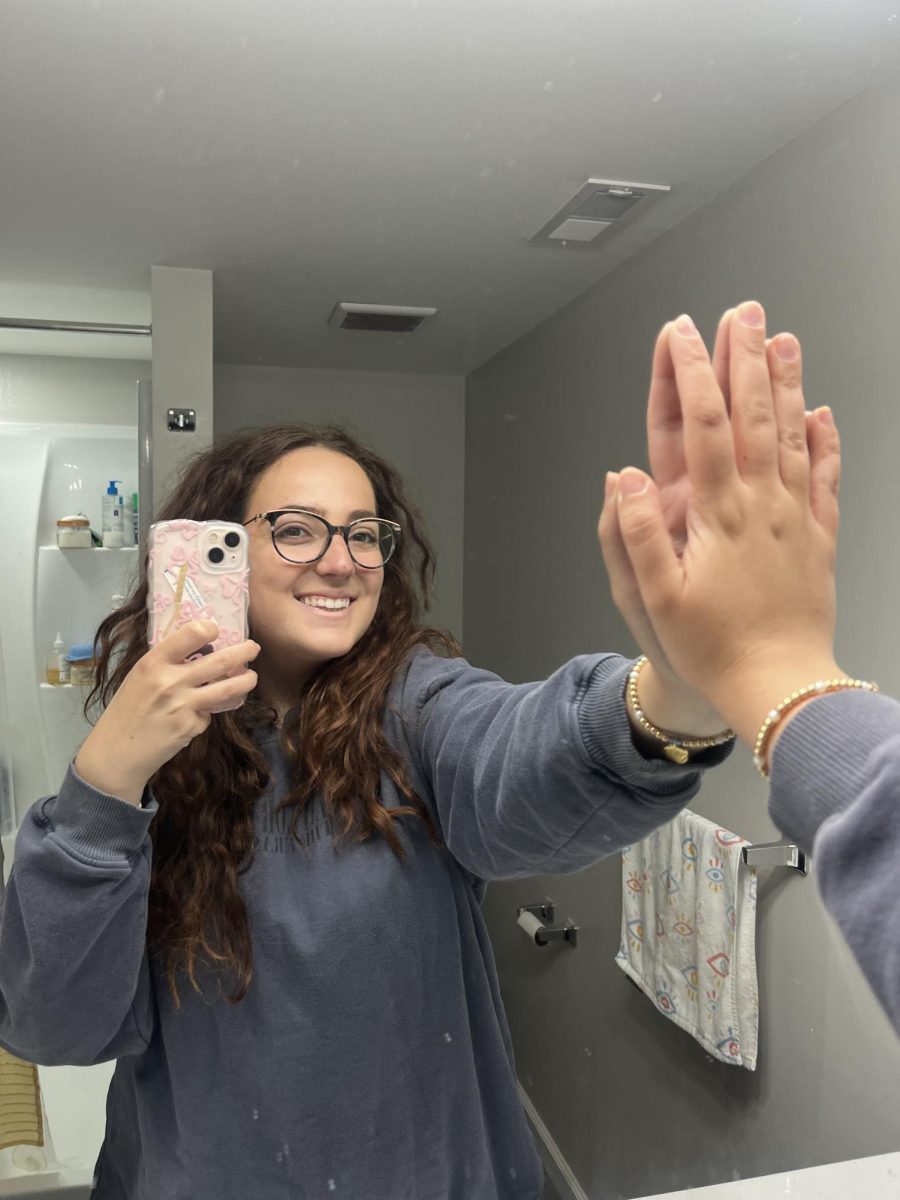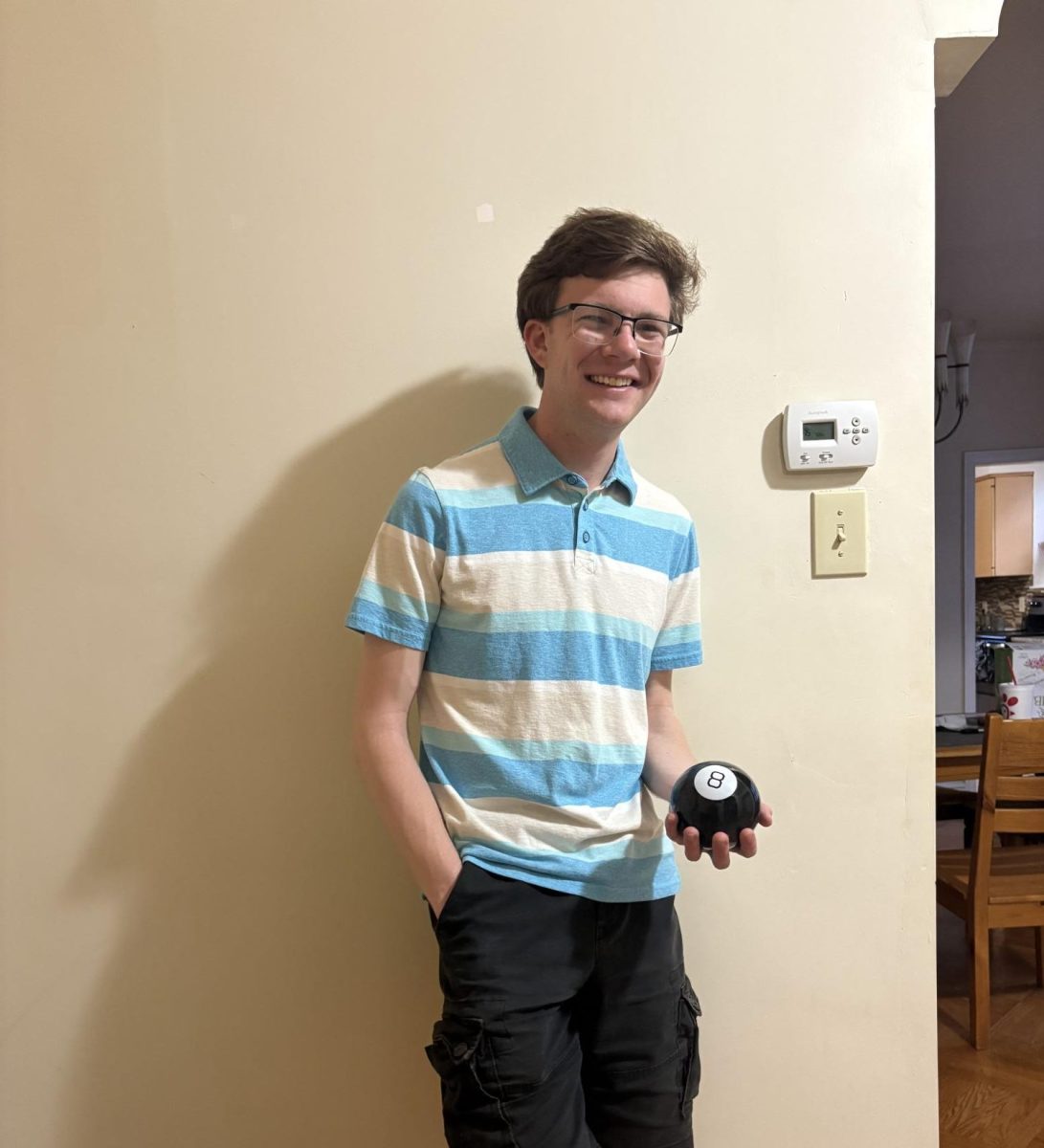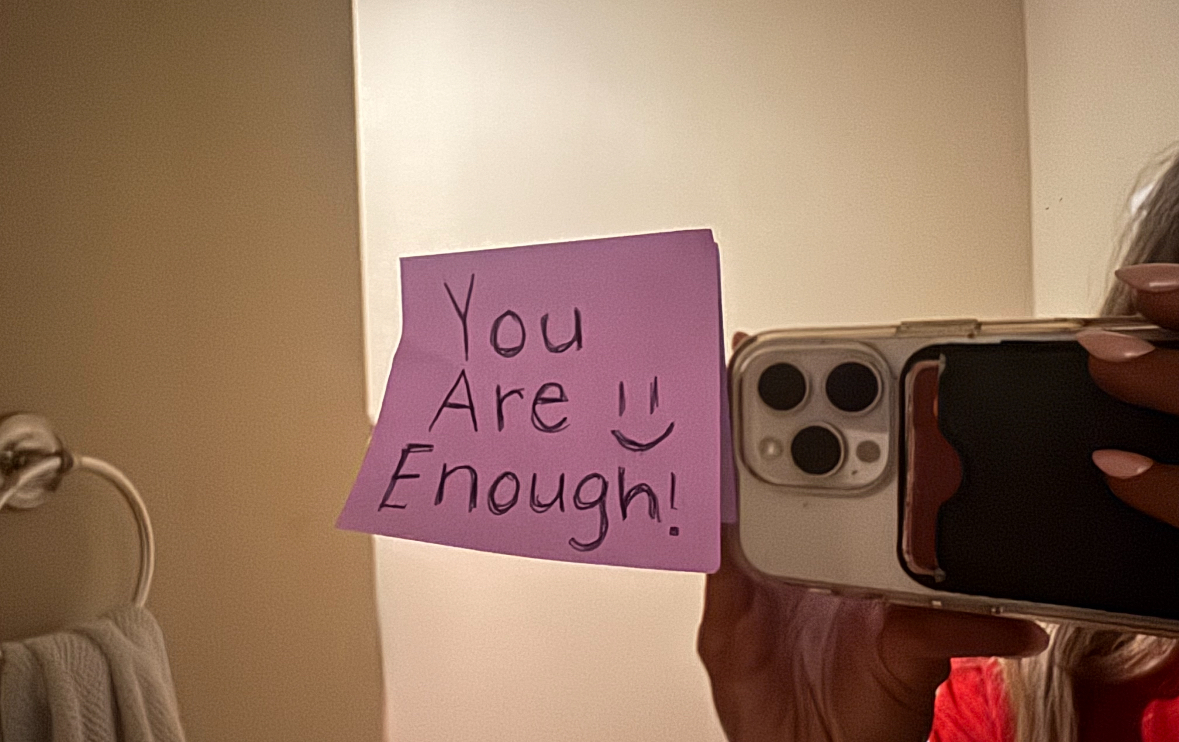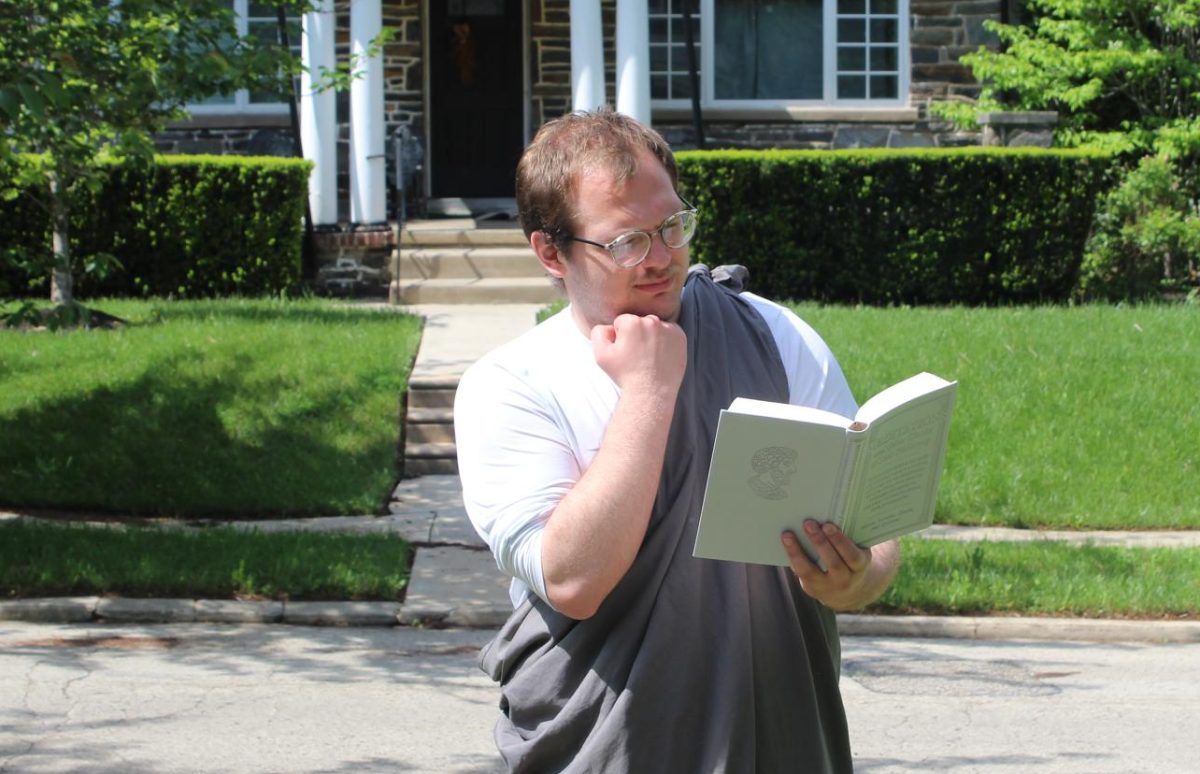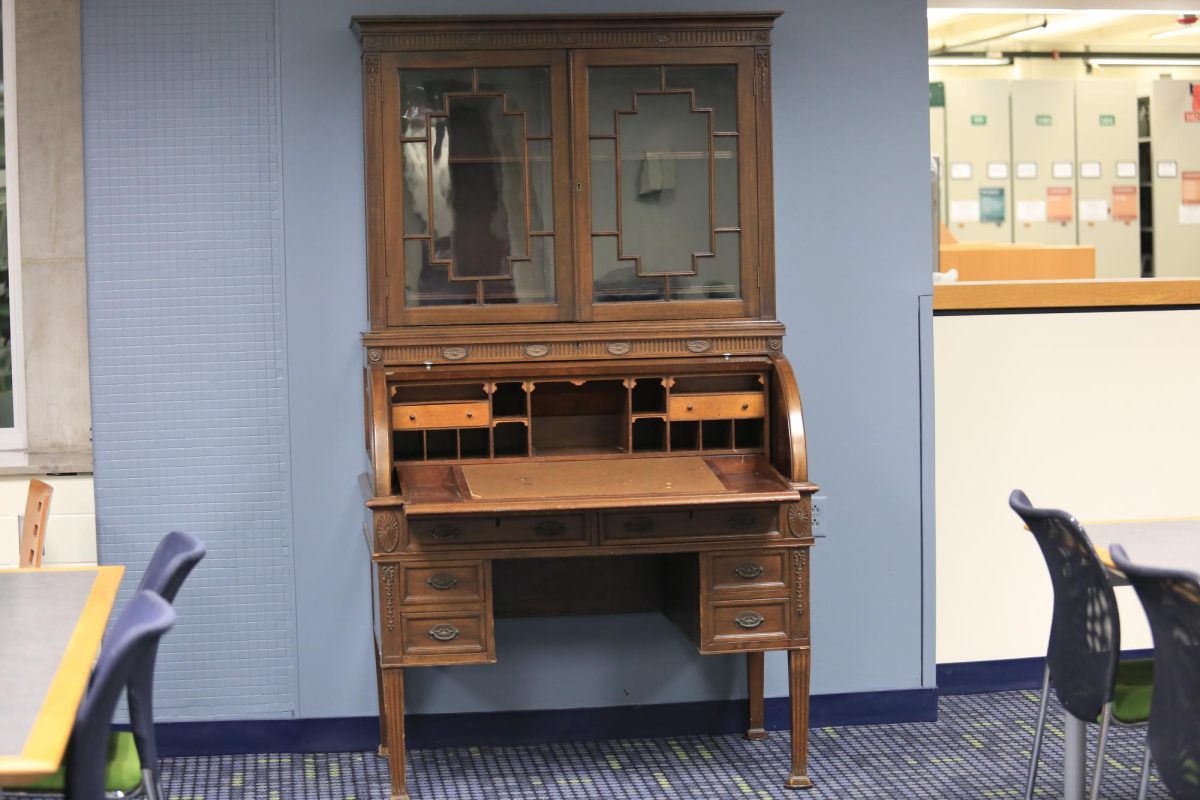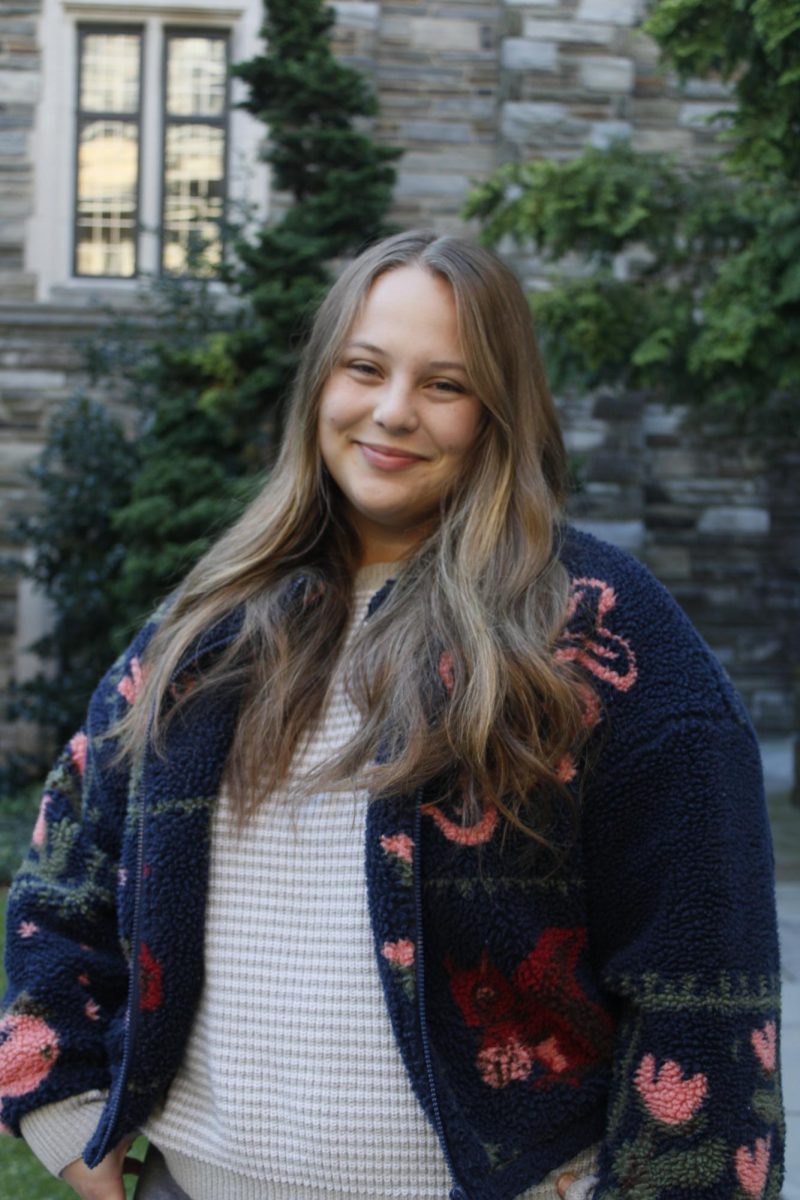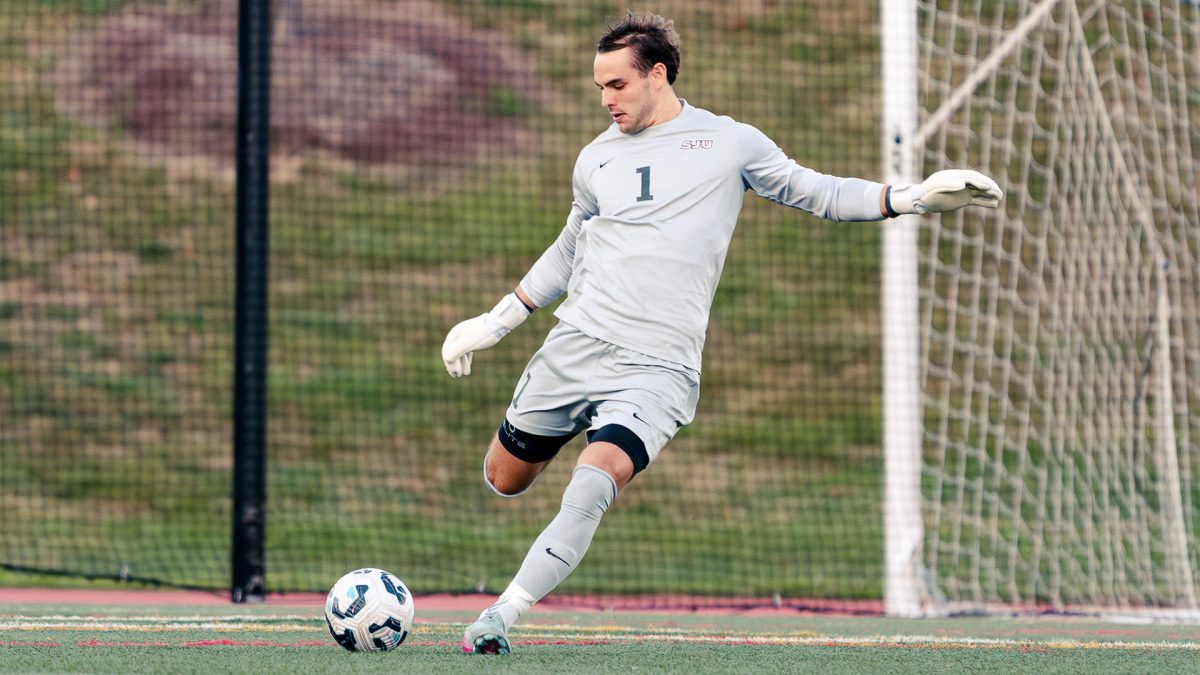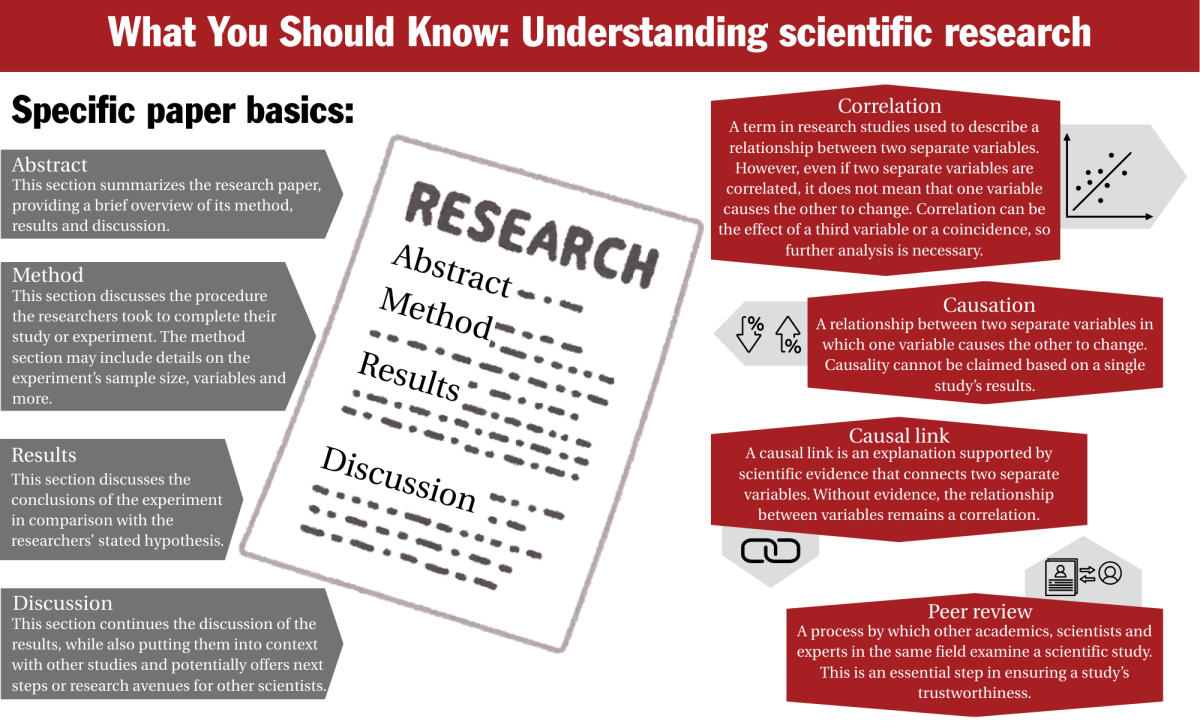When Alexa Fichera ’25 sat outside of SCI Phoenix in her mom’s car the fall of her junior year, she was nervous. She was still nervous when she entered the maximum security prison a few minutes later. And again when she sat down with Robert “Bobby” Labar.
Nervous, but honest.
Fichera told Labar her mom was waiting for her in the parking lot. He turned to her and asked her to thank her mom for him — to tell her she was an “awesome mom.”
It hit Fichera right to her core.
Fichera could see her mom as soon as she left the building — Labar didn’t have that freedom.
For the rest of the semester, Fichera continued to visit the prison for the class Crime, Justice and Media, taught by Mike Lyons, Ph.D., associate professor and chair of the department of communication and media studies. As Fichera learned more about Labar’s life and achievements, she found they had a lot in common. They were both from South Philadelphia and loved Philadelphia sports.
But there was a difference. When he was 18, Labar was sentenced to life in prison without the possibility of parole.
As of August 31, 2025, Pennsylvania prisons have a total of 41,007 residents across federal and state jurisdictions, according to a Pennsylvania Department of Corrections report. Just over 5,000 of those residents are serving life without parole, according to a report by The Sentencing Project.
Commuting these sentences is near impossible in Pennsylvania, according to Susan Clampet-Lundquist, Ph.D., professor of sociology and criminal justice.
“Very, very few people in Pennsylvania receive commutation, and that’s not because very, very few people deserve it,” Clampet-Lundquist said. “It’s because the system itself just does not have the capacity to handle this.”
Upon completion of the course, Fichera found her perspective on incarceration had completely changed. But she wanted to do more.
“I didn’t feel like I was done with this,” Fichera said. “I found a new passion for giving second chances.”
“Malcolm’s Second Chance”
For her senior capstone project as a communication studies major, Fichera decided to write and publish a children’s book. Lyons, Fichera’s capstone mentor, suggested she work with someone on the inside. Labar introduced her to a fellow inmate, Charles “Zafir” Lawson, who, using Fichera’s drafts, agreed to illustrate the book.
“Malcom’s Second Chance” follows a young badger named Malcolm, who, after getting trouble in school, is led to believe he’s a bad kid. When his classmate, Tyler, invites him to play, Malcolm is grateful for the second chance.
Labar is taking advantage of second chances from the inside, working with the coalition Right 2 Redemption, which has worked to rename “life in prison without the possibility of parole” to “death by incarceration.” He also works with St. Joe’s in setting up Lyons’ class, is pursuing a degree from Villanova University and has received his barber license.
Clampet-Lundquist, who works closely with Right 2 Redemption, said many people have established programs to promote literacy and education in prison, like Labar. She said it’s important to think about the programs people in prison create for themselves.
“I think that a lot of people just don’t realize how much wisdom and compassion and beauty is inside prison, and that the folks inside prison are working to create meaning and dignity in their lives in the same way that people outside of prison are,” Clampet-Lundquist said.
Fichera said she believes the impact “Malcolm’s Second Chance” can have on reframing the narrative surrounding incarceration is important.
“[If] I could rewrite that or change the stigma, I would feel satisfied,” Fichera said.
The meaning of “second chances”
Dana Lomax-Ayler, a Philadelphia native who spent 27 years on and off incarcerated and works with Labar and Right 2 Redemption, said she doesn’t love the phrase “second chances,” as a lot of victims of crimes don’t get one. She prefers to call it a “fresh start.”
“Language is everything,” Lomax-Ayler said. “It is not so much what we say, but our presentation in saying it.”
In the context of “Malcolm’s Second Chance,” however, she sees merit in giving second chances.
When released, Arthur “Cetewayo” Johnson, who was wrongfully convicted of murder and spent 51 years in prison, said he was never really given a second chance because of his wrongful conviction. Still, he said he believes second chances are all about possibility.
“I look at it as opportunity to be another person, especially if you went to prison young,” Johnson said. “You’re not fully developed, so you don’t understand the responsibility that’s on you at that age.”
Lomax-Ayler said stories such as “Malcolm’s Second Chance” help bring awareness to giving people more opportunities.
“Man, maybe they should have a fresh start,” Lomax-Ayler said. “People do change. That’s the whole concept. People change, and prison don’t change people because that’s not what it’s designed to do. But people change themselves.”
Storytelling
Lyons said he tells his class that a big part of media is advocacy.
“Stories have put a lot of these people in prison,” Lyons said. “Narratives have put them in prison. The narrative of them being monsters is what created life without parole in the first place. The only thing that will undo that is other narratives, counter narratives, counter stories.”
When Fichera began her project, she simply hoped she could change at least one person’s perceptions about incarceration through Malcolm’s story.
“I feel accomplished knowing that I might change a stigma one day, and that I might be the reason the next generation becomes more empathetic,” Fichera said.

